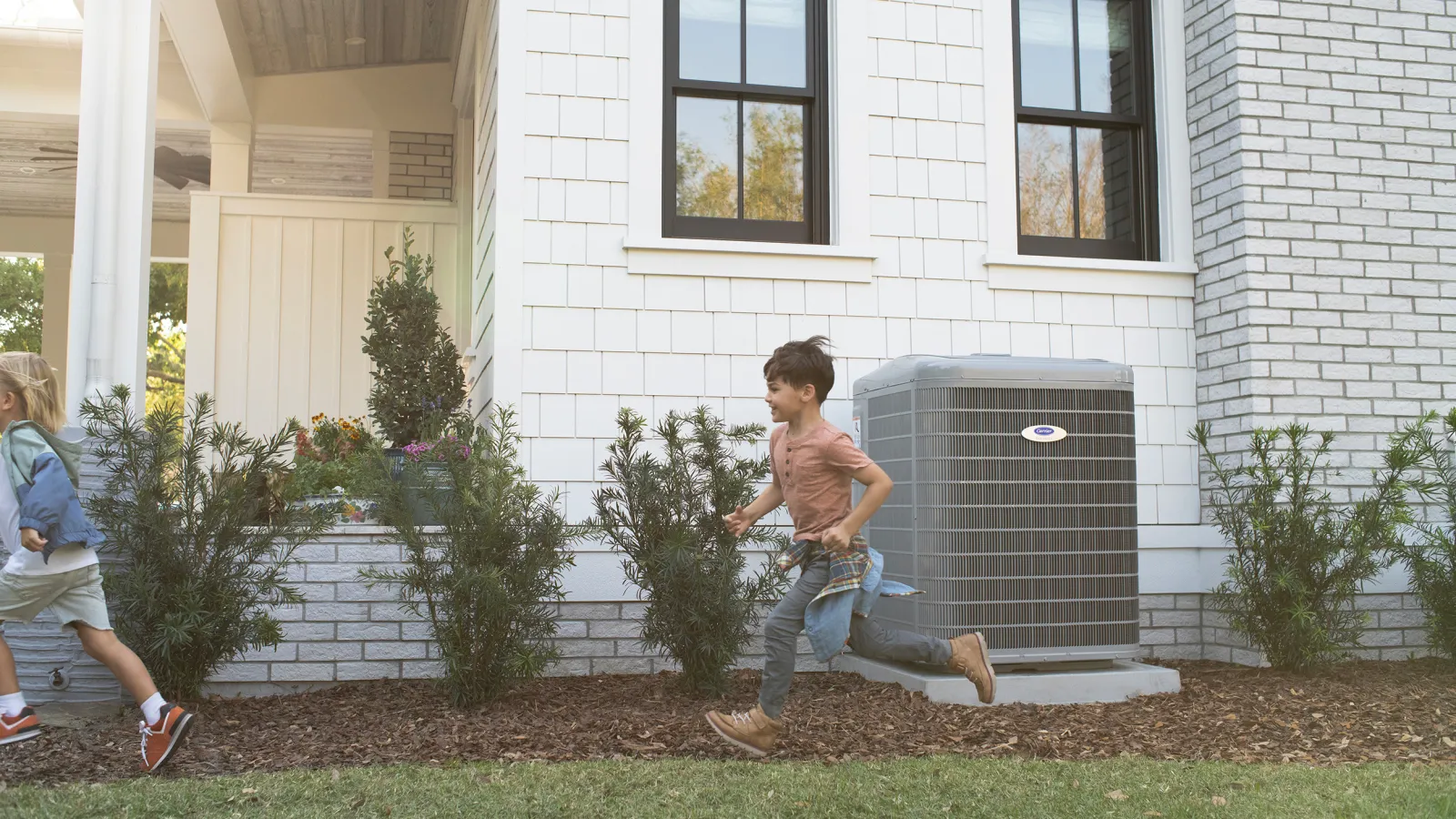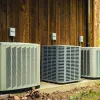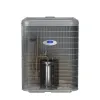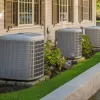Updated Sept 9, 2023
For most homes in our area, a variable-speed air conditioner is an excellent choice. If you’re replacing an HVAC system and have the budget for a superior system, you simply can’t beat a variable-speed system for energy efficiency and overall comfort.
We’ve explored this topic at length with blog posts like:
- Here’s the Lowdown on Single Stage, Two Stage, and Variable Speed Air Conditioning
- What Makes an AC Efficient? HINT: It’s Not Just SEER
So, why would we publish an article about why you shouldn’t get a variable-speed air conditioner? The answer is that there’s a particular situation – and it’s not exactly uncommon – where you could experience problems with one of these high-efficiency systems.
Reminder: Variable speed AC is designed to match your exact cooling needs.
Before we get into why you might not want one of these systems, let’s consider what variable-speed air conditioners are. If you’re learning about these systems for the first time, here’s what you need to know.
Compared to a standard air conditioning system, which is designed to turn on when your house needs cooling and turn off when the thermostat setting has been satisfied, variable speed systems ramp up and down depending on how much cool air you need.
Most of the time, they run at a low speed. They’ve already achieved your thermostat setting, but they keep moving a small amount of cool air into the home to maintain your comfort level. Since they run for long cycles, they also remove more humidity than a typical system.
That’s not how a standard, single-stage AC works. It only turns on when the temperature in your home increases beyond what you’ve set on the thermostat. And it can’t ramp up and down to suit your needs -it only operates at full capacity whenever it runs.
Know when your AC uses the most energy? When it starts up and when it runs at full capacity. Standard systems do both a lot. Variable speed systems do neither all that often.
For these reasons, variable-speed air conditioners provide better comfort and consume less energy than standard ACs. So, what’s the situation when you wouldn’t want that? Here you go:
Uninsulated ductwork is a poor match for variable-speed HVAC systems.
Many older homes will have uninsulated or poorly insulated ducts. In addition, there are other homes (some old, some newer) that have insulated ducts in the attic or crawlspace but uninsulated, bare metal ducts in the walls.
When either or both of these situations are true in your home, you probably shouldn’t get a variable-speed air conditioner.
You see, variable speed systems work so well that they make your ducts cold and keep them cold for very long periods. That’s fine if your ducts are insulated. But do you know what happens to a bare metal, uninsulated duct when it gets really cold during the summer?
Condensation. The ducts will start to sweat.
It’s the same thing that happens when you drink a glass of iced water on your porch in July. Leave the glass on a table for a minute or two, and the outside will be covered in condensation. An insulated mug, on the other hand, would take a lot longer to sweat and may not sweat at all.
You don’t want your ducts to sweat. During these hot Atlanta summers, the amount of condensation on the ducts could be considerable. It might leak into your walls, cause damage, and encourage mold growth.
Two-stage air conditioners are a good compromise.
If you’ve got uninsulated ductwork and you still want the best possible combination of comfort and efficiency for your next AC, there’s still an option.
Two-stage air conditioners are more efficient and provide better, more consistent comfort than standard systems. Unlike variable speed ACs, which ramp up and down across a range of speeds, these systems just have two speeds: high and low. Most of the time, they’ll run for long cycles at a lower speed.
In most cases, they bring you closer to what you’d enjoy with variable-speed equipment while greatly reducing the risk of duct sweating issues.
Another possibility: Add a whole-house dehumidifier
If you want to keep your standard AC but get some of the benefits of variable speed (better humidity control, near-constant movement of small amounts of air through the system), adding a whole-house dehumidifier is another option.
The dehumidifier monitors indoor humidity and turns it on between air conditioning cycles. Any time the AC fails to reduce relative humidity (RH) to a set threshold (usually 50% to 55%), the dehumidifier turns on and removes more moisture. You’ll feel drier, and more comfortable with air blowing out of your supply vents.
Are your ducts insulated? Then you’ll love variable speed.
Uninsulated ductwork is the only factor that could make variable-speed AC problematic for your home. If you have insulated ducts, which most people do, you should be a-ok to replace your standard AC with a variable-speed model.
If you’re ready to discuss a new AC for your Metro Atlanta home, we can help! Just get in touch with us to discuss your situation and tell us what you’re looking for in a new system.






